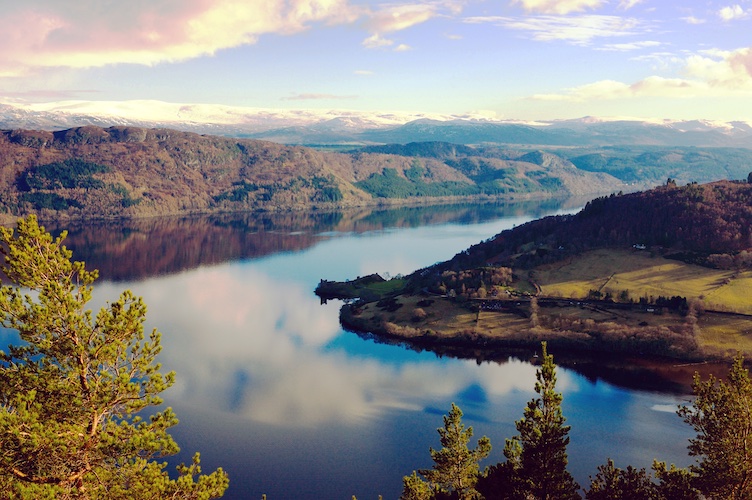
Neville RigbyLoch Ness
Loch Ness, the largest body of fresh water in the United Kingdom, is challenged on multiple fronts by development. It isn’t just a tourist attraction, fantasy home to the mythical monster, but an entire eco-system with many creatures including Atlantic salmon, trout, eels, char, invertebrates and land based mammals that are integral within its biodiversity and a crucial migration route for Atlantic salmon smolts whose overall survival rate is at its lowest ebb at only 3%. Now the rich biodiversity of the loch, which plunges to a depth of 228 metres/750 feet in the Great Glen fault, faces a new environmental threat from profit-seeking pumped storage hydro (PSH) schemes that could raise and lower the loch by 125 cm every day turning it into an inland tidal system. Two schemes have already been approved despite opposition, and now the largest of these PSH schemes, costing £3bn, would store a massive 34 GW equivalent of water pumped up to the moors half a kilometre above the loch where lies the tiny Loch nam Breac Dearga.
This ancient loch nestles beneath Glen Urquhart’s most prominent hill – Meall fuar Mhonaidh – which is a popular climb just off the Great Glen Way. Too small to form a sufficient headpond for the scheme, the loch and its littoral eco-system would be submerged below a massive reservoir construction on the boggy peatland, creating a one kilometre-wide dam, 57 metres high. The small loch itself and its environs also provide an established eco-system both for fish, insects which thrive in the surrounding blanket bog, and a variety of wildlife small and large including eagles, bats, and other typical flora and fauna. So Loch Ness is an entity, but also a ‘being’ host to myriad other beings – I stand beside them all.

